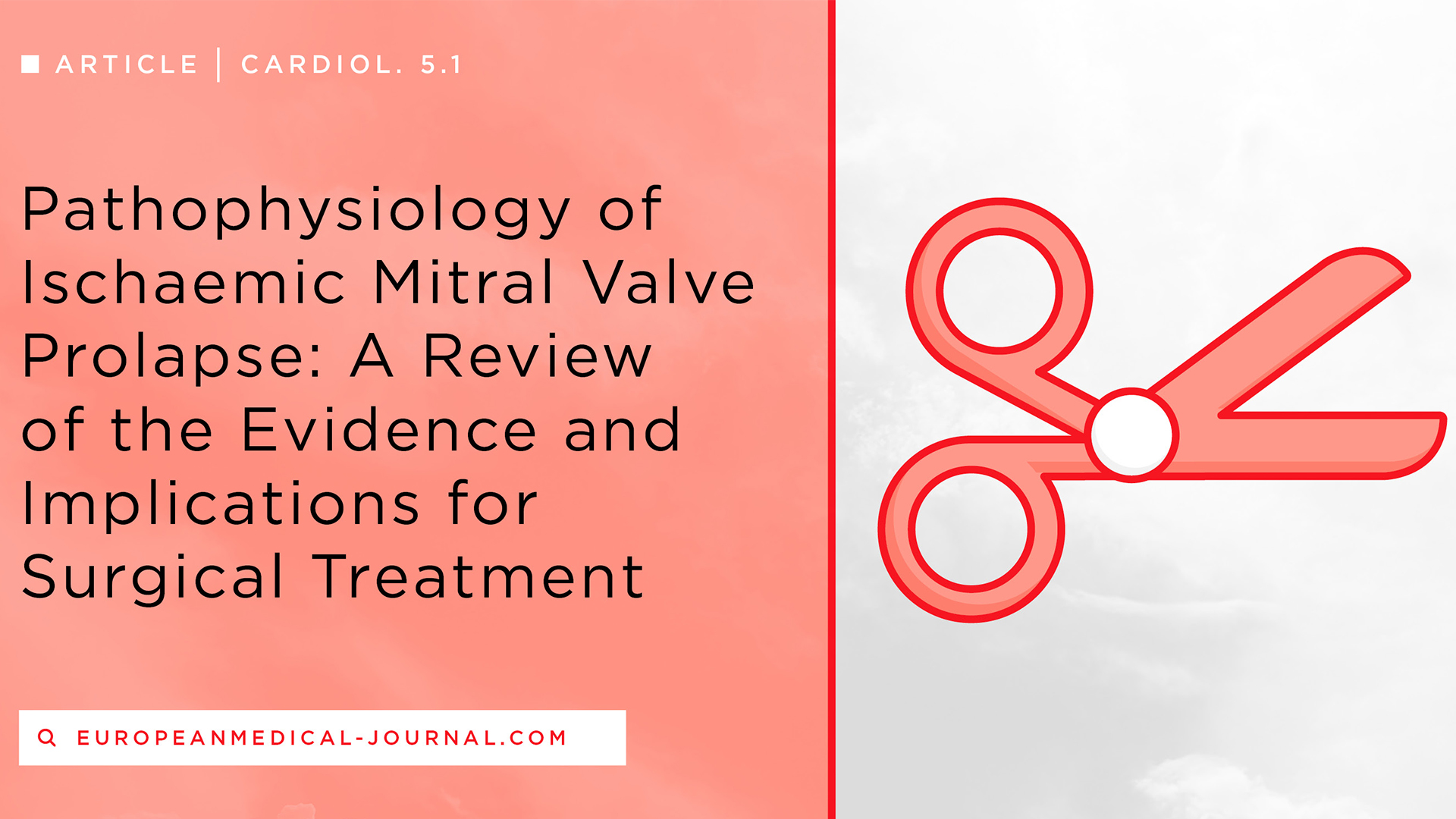×
It looks like you're using an obsolete version of internet explorer. Internet explorer is no longer supported by Microsoft since the end of 2015. We invite you to use a newer browser such as Firefox, Google Chrome or Microsoft Edge.
Pathophysiology of Ischaemic Mitral Valve Prolapse
European Medical Journal
"Pathophysiology of Ischaemic Mitral Valve Prolapse: A Review of the Evidence and Implications for Surgical Treatment"
Abstract
Ischaemic mitral prolapse (IMP) is a pathologic entity encountered in about one-third of patients undergoing surgery for ischaemic mitral regurgitation. IMP is generally the result of a papillary muscle injury consequent to myocardial infarction, but the recent literature is progressively unveiling a more complex pathogenesis. The mechanisms underlying its development are the impairment of one or more components of the mitral apparatus, which comprises the annulus, chordae tendineae, papillary muscle, and left ventricular wall. IMP is not only a disorder of valvular function but also entails coexistent aspects of a geometric disturbance of the mitral valve configuration and of the left ventricular function and dimension. A correct understanding of all these aspects is crucial to guide and tailor the correct therapeutic strategy to be adopted. Localisation of prolapse and anatomic features of the prolapsed leaflets and the subvalvular apparatus should be carefully evaluated as also constituting the major determinants defining patient outcomes. This review will summarise our current understanding of the pathophysiology of and clinical evidence on IMP, with a particular focus on surgical treatment.
*Francesco Nappi (1,2), Cristiano Spadaccio (1,3), Massimo Chello (1)
1. Department of Cardiovascular Surgery, Università Campus Bio-Medico di Roma, Rome, Italy
2. Department of Cardiac Surgery, Centre Cardiologique du Nord de Saint-Denis, Paris, France
3. Department of Cardiothoracic Surgery, Golden Jubilee National Hospital, Glasgow, UK
*Correspondence to francesconappi2@gmail.com
